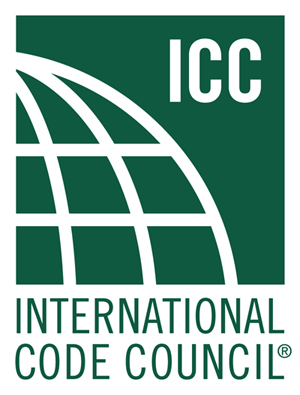Your cart is currently empty!
“The Comprehensive Guide to the International Building Code (IBC)”

===
The International Building Code (IBC) is a set of regulations and standards that govern the construction industry worldwide. It provides a comprehensive framework for the design, construction, and maintenance of buildings, ensuring the safety and well-being of occupants. The IBC covers various aspects of building construction, including structural integrity, fire safety, accessibility, and energy efficiency. This article explores the key components and regulations of the IBC, its impact and benefits on the construction industry, as well as the challenges and future developments it faces.
Key Components and Regulations of the IBC
The IBC is organized into several chapters, each addressing a specific aspect of building construction. These chapters cover a wide range of topics, including occupancy classifications, building heights and areas, fire protection systems, means of egress, structural design, and many more. The code sets minimum requirements that ensure buildings are safe, accessible, and in compliance with industry standards.
One of the key components of the IBC is its focus on structural integrity. It provides guidelines for designing and constructing buildings to withstand various forces, such as wind, seismic activity, and snow loads. These regulations help ensure that buildings can withstand natural disasters and other unforeseen events, protecting the lives of occupants.
Fire safety is another crucial aspect covered by the IBC. It includes regulations for fire-resistant construction materials, fire suppression systems, and means of egress in case of emergencies. By adhering to these regulations, buildings can minimize the risk of fire-related accidents and provide a safe environment for occupants.
Accessibility is also a significant concern addressed by the IBC. It includes guidelines for designing buildings that are accessible to individuals with disabilities, ensuring equal access to public spaces. These regulations cover areas such as ramps, handrails, door widths, and accessible restrooms, promoting inclusivity and equal opportunities for all.
Energy efficiency is an increasingly important consideration in building construction. The IBC includes regulations that promote sustainable practices, such as the use of energy-efficient materials, insulation, and HVAC systems. By implementing these guidelines, buildings can reduce energy consumption, lower carbon emissions, and contribute to a more sustainable future.
Impact and Benefits of the IBC on Construction Industry
The IBC has had a significant impact on the construction industry worldwide. By providing a unified set of regulations, it has streamlined the building process, ensuring consistency and quality across different jurisdictions. Architects, engineers, contractors, and other professionals in the industry can rely on the IBC as a reference for best practices and compliance.
One of the key benefits of the IBC is enhanced safety. By setting minimum requirements for structural integrity, fire safety, and accessibility, it helps prevent accidents and injuries in buildings. The code’s focus on safety has saved countless lives and reduced property damage in the event of disasters.
The IBC also promotes efficiency in the construction process. By providing clear guidelines and standards, it reduces the need for interpretation and facilitates smoother project approvals. This helps save time and resources for both the industry professionals and the regulatory authorities.
Moreover, the IBC plays a crucial role in promoting international trade and collaboration in the construction industry. With a common set of regulations, it becomes easier for professionals from different countries to work together on projects, ensuring compatibility and compliance across borders.
Challenges and Future Developments in the IBC
While the IBC has been successful in improving safety and efficiency in the construction industry, it faces several challenges and opportunities for future development. One of the main challenges is keeping up with technological advancements and emerging construction practices. As new materials, methods, and technologies emerge, the code needs to adapt to ensure their safe and effective use.
Another challenge is addressing the increasing demand for sustainable and resilient buildings. With climate change and environmental concerns becoming more pressing, the IBC needs to continuously update its regulations to encourage energy-efficient and environmentally friendly practices. This includes promoting renewable energy sources, green building materials, and resilient design principles.
Furthermore, the IBC faces the challenge of harmonizing its regulations with regional and local building codes. While the IBC provides a solid foundation for building regulations, it needs to be flexible enough to accommodate specific regional requirements and variations in construction practices.
In conclusion, the International Building Code (IBC) is a comprehensive set of regulations that govern the construction industry globally. It covers various aspects of building construction, ensuring safety, accessibility, and energy efficiency. The IBC has had a significant impact on the industry, promoting safety, efficiency, and international collaboration. However, it faces challenges in adapting to technological advancements, addressing sustainability concerns, and harmonizing with regional codes. As the construction industry continues to evolve, the IBC will play a crucial role in ensuring the safety and sustainability of buildings worldwide.
===
For more information on the International Building Code (IBC), visit IBC Manual.
